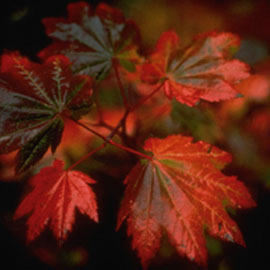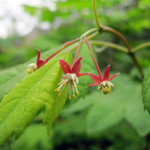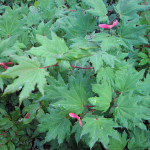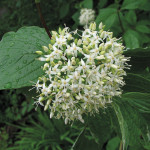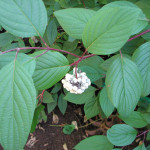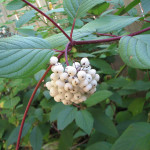Sambucus cerulea
Blue elderberry (Sambucus cerulea) is a large, fast-growing deciduous shrub or small tree featuring showy clusters of creamy-white flowers that mature into large clusters of blue-black berries.
This shrub is a great addition to your wildlife garden. Many birds eat the berries, and butterflies visit the flowers for nectar. The plant provides food for the young of spring azure butterflies and various moths. Native solitary bees shelter and lay their eggs in the hollow twigs. Dead elder wood is also the preferred habitat of the mushroom Auricularia auricula-judae, also known as Judas’ ear fungus or wood ear fungus.
Blue elderberry can get quite tall, reaching up to 15 feet in height. Plant it in sun to part shade in well drained soils.
- Light Requirements: Full Sun, Part Shade
- Water Requirements: Dry, Moist
- Ease of Growing: Easy to grow
- Growth Rate: Fast
- Spreads: No
- Wildlife Support: Pollinators, Pest-eating Insects, Birds or Mammals
- Fire-resistant: Yes
- Edible: Yes, but parts of the plant toxic
- Mature Height: 10-25ft
- Mature Width:18ft



